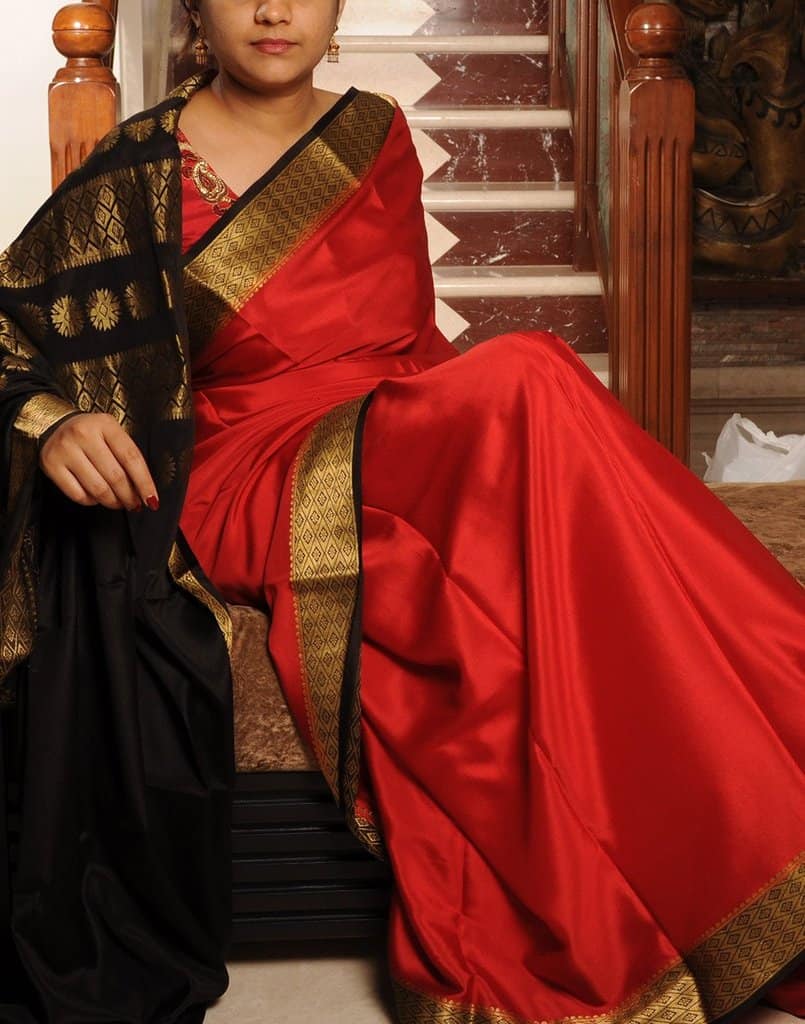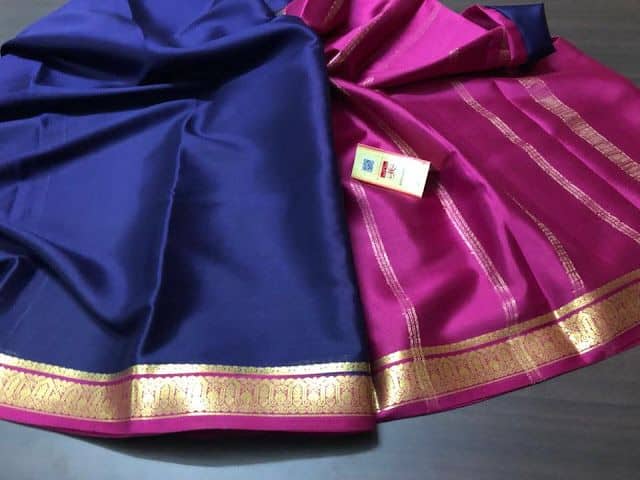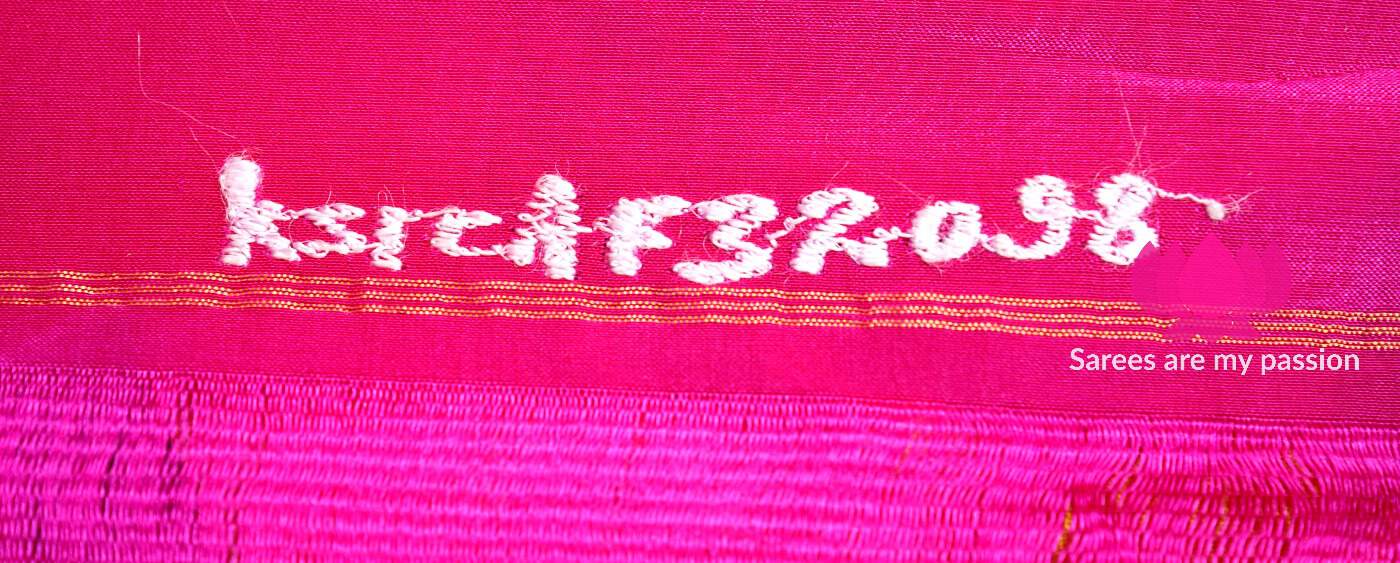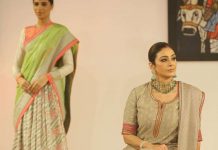It is not a surprise to find out that India is one of the leading producers of silk in the world today, and that their silk is of high quality. It is used to make different fashion apparel that you can find on online stores and in physical shops all over the country, but chief among all these is the saree – the iconic dress that is worn by women.
Sarees are of different types, and the quality of the silk depends on the region; that is how vast the production methods are. Among the best varieties that has been considered as a premium type is the Mysore silk, which is distinguished easily because of its bright colours.
However, what is the history behind this silk form, why is it considered as a premium type, and can you get it easily? We seek to answer these questions and more in this article.
The history and origin
All saree varieties have a long history that dates back thousands of years, but the Mysore silk saree is a recent one compared to the rest. In fact, its introduction to the region is accredited to the reign of Tipu Sultan in 1785 AD, although other information states that the production began in 1500 to 1600 AD in the reign of the Maharaja of Mysore.
Before it’s on introduction, silk cocoons were usually imported from China. Even though Mysore silk has a slightly lesser quality to the silk from China, it still stands out among other silk types in India – except probably the Kanjeevaram silk variety.
This silk type became a hit quite fast because of the quality of its fabric, which is a mix of pure gold zari (0.65 percent gold and 65 percent silver) and 100 percent fine silk – all these come together to make a stylish and timeless sari that represents the culture of South India very well.
One legend states that the Maharaja Krishna Raj Wadiyar IV visited Britain as an invitee of the jubilee celebrations of Queen Victoria, and he was amazed by the silk fabrics that the British royals were wearing (these were made using specialized machines). Because of this, he ordered 32 looms form Switzerland to increase silk production in India, marking the first time India was using modern machinery to make the material.
After India’s independence in 1947, the factory that had these machines was placed under control of the Mysore state Sericulture Department. In 1980, the factory transferred ownership to KSIC (Karnataka Silk Industries Corporation Ltd.), its equipment upgraded, and the factory expanded.
The weaving process
The Maharaja of Mysore is the person that established the first silk factory in 1912, known as the Mysore Silk Weaving Factory. It also happens to be the oldest factory of silk manufacturing in India, and is the only factory that has authorization to make the fabric using gold zari and pure silk.
The factory produces at least 35,000 tonnes of the silk every month, and almost 425,000 metres every year. All these are subject to strict quality control, and are used to make dress materials, sarees, dhotis and numerous other items.
A single cocoon is used to obtain the raw material, then this is taken to the factory, which will measure the density of the fiber. Afterwards, the fibers go through twisting, soaking, winding and wefting, then are ready for weaving. This will involve two loom types – Jacquard and Dobby.
This weaving usually takes up to four hours, then the product is degummed (smoothened), dyed and washed.
What makes the Mysore silk so good
This form of Indian silk happens to be the minimalistic type, which still retains elegance and luxury – even when it is made by machines. The base colour is usually a single one, made of silk and the borders made from gold zari. After every 5.5 metres, the saree will end with a pallu tat has a unique design, as well as the material for the blouse.
You can find the saree in different varieties as well. The most common ones are the georgette, Crepe-de-chine, semi-crepe and Zari printed crepe. They come in almost 300 colours, either dyed or printed, and in more than 100 combinations in the individual designs. However, the base stands out from other sarees because it is plain, and bears no decorations.
Because of the high quality, Mysore heavy work sarees can last for many years and still retain their sheen. This has made them into a unique brand that is easily distinguishable for its excellent quality.
Motifs
The major embellishment these sarees use is white zari, and then motifs of plants are added – such as floral borders and mango buttis. You will likely find others that have Bandahari designs and Kasuti embroidery as well.
On the other hand, the sarees will be distinguishable by the single colour they yse, as well as the gold zari and borders. The traditional colours they use include green, orange and red, although it is also possible to ifnd elephant grey, lilac and coffee brown.
Identifying these sarees
When buying a Mysore saree, you are guaranteed to find a unique code in the corner, which is embroidered. This code contains information on the hours spent making it, the history of the saree, the details regarding its manufacture, and the wages the weavers got after making it. in fcat, this code is the identifier of real sarees, so can be useful when spotting fakes.
In addition, you can perform a touch test through rubbing the silk with your hands. If it is real silk, you must always feel warmth when you rub it (due to friction), because artificial silk does not have the same feel.
Maintenance
the best maintainence method us dry cleaning it and storing it in a special bag (like a muslin bag, which allows the fabric to breathe).
Final thoughts
Mysore silk is among rhte most famous silk varieties due to its quality, which you cannot mistake for anything else. When buying it though, it is important to know its history so that you can make an informed choice that gives you value for your money.























